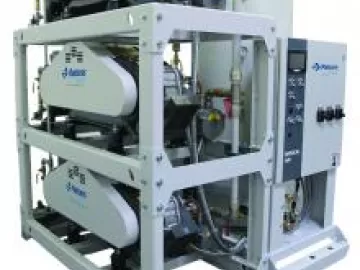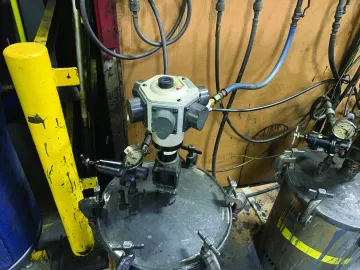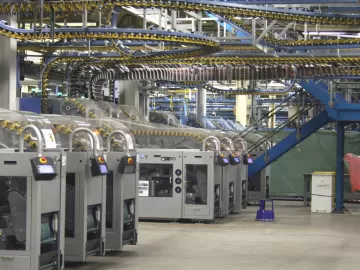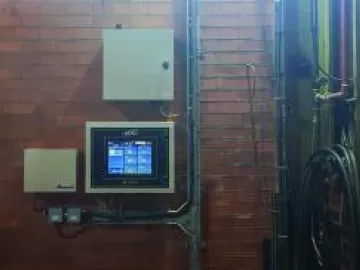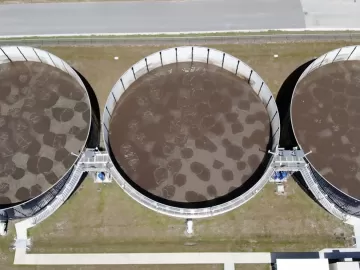Zinc Producer Reduces Compressed Air Use by 1,090 scfm
A zinc producer spends an estimated \$516,000 annually on electricity to operate the air compressors in a compressed air system at its north American plant. The current average electric rate, at this plant, is 5 cents per kWh, and the compressed air system operates 8,760 hours per year. This system assessment recommended a group of projects able to reduce these energy costs by fifty-one percent (51%) to an annualized \$270,000. The simple payback of the project was 15 months – without taking into account potential incentive dollars from the local utility.





